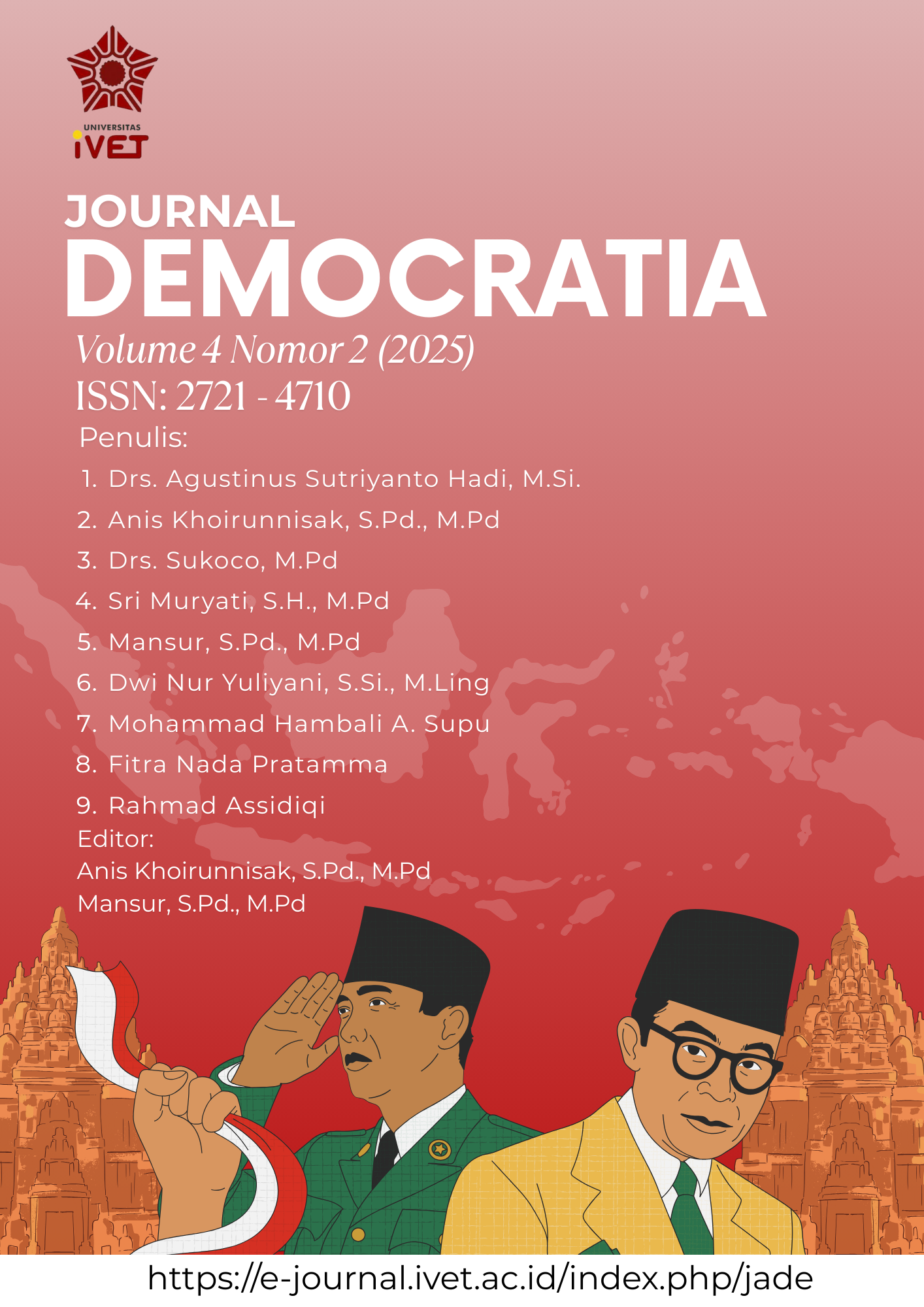Strategi Branding Politik Pemerintah Daerah dalam Pembentukan Citra Kepemimpinan di Era Media Sosial
Abstract
This study examines the political branding strategies employed by local governments in optimizing social media as a medium for political communication and as a tool for shaping public leadership image. Using a qualitative approach through the method of literature review (library research), the author analyzes 20 scholarly and Sinta references published between 2020 and 2025. The selected literature is thematically relevant and sourced from academic databases such as Google Scholar, SINTA, and ResearchGate, with a focus on political branding, executive political communication, and the use of social media in the context of local governance. The analysis is conducted descriptively and qualitatively using a thematic approach, complemented by a critical review to assess the methodological quality and substance of previous studies. The findings indicate that political branding is not merely an image-building practice but an integral part of leadership communication strategy that aligns with public service and active citizen engagement. Three main strategies identified include personality-based, performance-based, and public participation approaches—all emphasizing the importance of authentic leadership character, performance accountability, and direct engagement with the community. Social media plays a vital role as an interactive space that enables fast and open two-way communication. However, challenges such as narrative manipulation, the dominance of symbolic politics without substance, and digital literacy gaps remain issues of concern. Therefore, the success of political branding largely depends on the extent to which digital narratives reflect the leader's real actions on the ground and are grounded in values of integrity, accountability, and a commitment to public service.
Keywords: Political Branding, Social Media, Local Leadership


